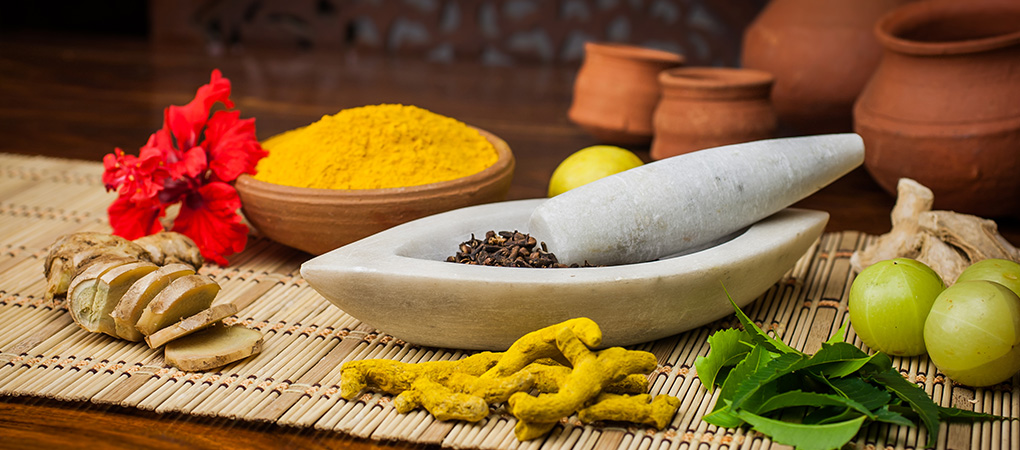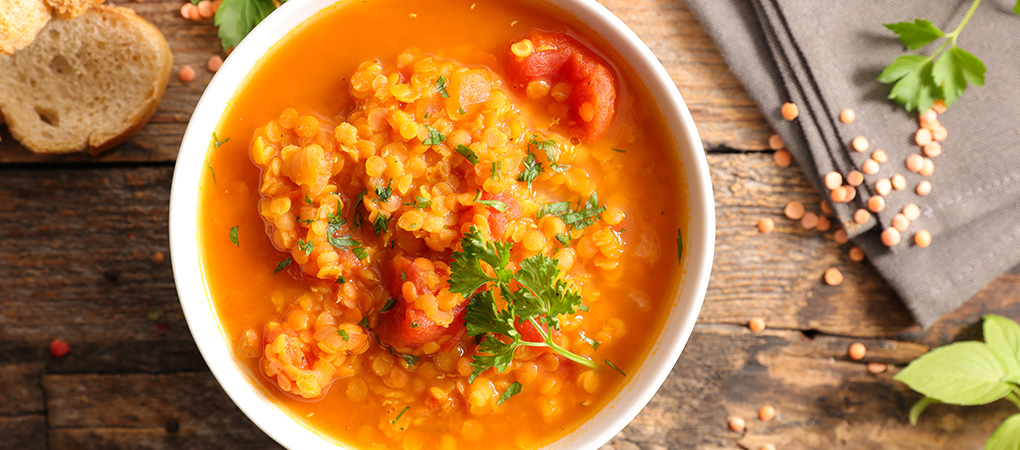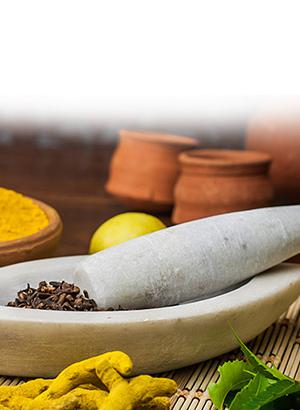Blog
What is Kapha Dosha?
Doshas

Kapha is essentially composed out of earth and water components. It is heavy, slow, cool, sleek, smooth, delicate, thick, stable, gross, and cloudy. Kapha provides structure and robustness to all things; it gives the cohesiveness needed to maintain a particular form. Kapha additionally hydrates all cells and frameworks, lubricates the joints, saturates the skin, maintains immunity and safeguards the tissues. Kapha is often associated with water energy, and with love and compassion.
The kapha body is physically solid, compact and wide with extensive thighs, hips, bums, and chest and has a tendency to be perpetually overweight. Kapha types ordinarily have large, appealing eyes that are blue or dark in color. Their skin is fair, cool and always glowing. Kapha hair is thick, extravagant, and abundant, typically blond or dark, and wavy. Kapha individuals tend to over-produce mucus and other milky secretions, and their voices are delicate, regularly obstructed by excess mucus. Kapha types are extremely elegant, have a natural, erotic sensuality about them, and are generally very fertile.
Kapha individuals love heat and they suffer in cold, damp climates. Kapha types emanate strength and balance, to such an extent that vata and pitta types are frequently replenished by simply being in their essence. Kapha types are dedicated however they generally prefer to lay low, even to the point of lethargy. Due to their inclination towards laziness, kapha types do best to focus on a non-sedantory life, following a strict schedule that keeps them moving. Among all the doshas, kapha types can persist and advantage from the most intense forms of exercise. Ideally, a kapha type would rise before 6 a.m., take a bath and perform a solid workout before breakfast.
Kapha Dosha Characteristics
- Large, broad body frame
- Moderate appetite
- Deep and sound sleep
- Pleasant & deep voice
- Moderate sweating
- Good Stamina
- Low Thirst
- Calm & Polite Nature
- Tendency to gain weight
- Smooth & glossy skin
Tips for balancing Kapha

Diet to be consumed
- Consume low fat milk. Always boil milk before drinking it which makes it easy to digest, try adding turmeric or ginger to the milk before boiling it in order to diminish any Kapha-increasing qualities in the milk.
- Eat lighter fruits like apples and pears. Avoid heavy and sour fruits like oranges, banana, dates, figs, pineapples, coconuts, melons and avocados. These fruits can increase Kapha in the body.
- Reduce consuming sugar products since they aggravate kapha in the body. However, honey can be consumed, it is excellent in balancing kapha.
- Beans can be taken except tofu
- Avoid eating nuts
- Grains can be taken especially barley and millet. Avoid consuming too much wheat and rice because it increases kapha
- All spices can be taken except for salt
- Avoid tomatoes, zucchini, cucumbers, sweet potatoes as they increase kapha

How to consume the diet
With regard to pacifying Kapha, how we eat can profoundly affect our level of progress. Kapha does well to stick to three meals each day, and sometimes only two meals are adequate. It's likewise best to eat your meals at consistent times from one day to the next. You can additionally kindle a sluggish digestive fire around 30 minutes before lunch and dinner by chewing a piece of fresh ginger with a pinch of sea salt, a couple of drops of lime juice, and about ¼ teaspoon nectar. This readies the digestive framework to get the food and to process it viably. Amid meals, it is essential to eat in a quiet and peaceful domain and to give your complete attention to the process of being nourished so that your body shows satisfaction. This will help lessen overeating and emotional eating, which frequently torments kapha. Fast foods, desserts and exorbitant amount of bread and other comfort foods can be particularly kapha provoking. However, it might be difficult to stay away from all kapha-exasperating nourishments. Though, the impeding capability of these nourishments can be limited by ensuring that they are served warm, with the help of heating medicinal plants, and taken in small quantities as recommend by Ayurveda. Lastly, because kapha digestion is generally slow and has a tendency to manage vitality with or without food, occasional fasts or cleanses can be exceptionally useful. A fruit or juice (think apple or pomegranate), or a more extended mono eating routine of kitchari can be exceptionally supportive.
Kapha sleep and energy cycles

Kapha individuals can sleep for long durations, for the most part on their stomachs or in the fetal position. They commonly sleep for eight to twelve hours for every night and can indulge on more sleep than they truly require. Ideally, kapha types require to sleep for around seven hours each night. If a kapha individual sleeps past 6 a.m. when kapha becomes dominating in the environment they may find it quiet hard to get up from the bed, and may encounter an enduring feeling of heaviness and laziness throughout the day. Thus, kapha individuals do really great when they wake up before 6 a.m.










